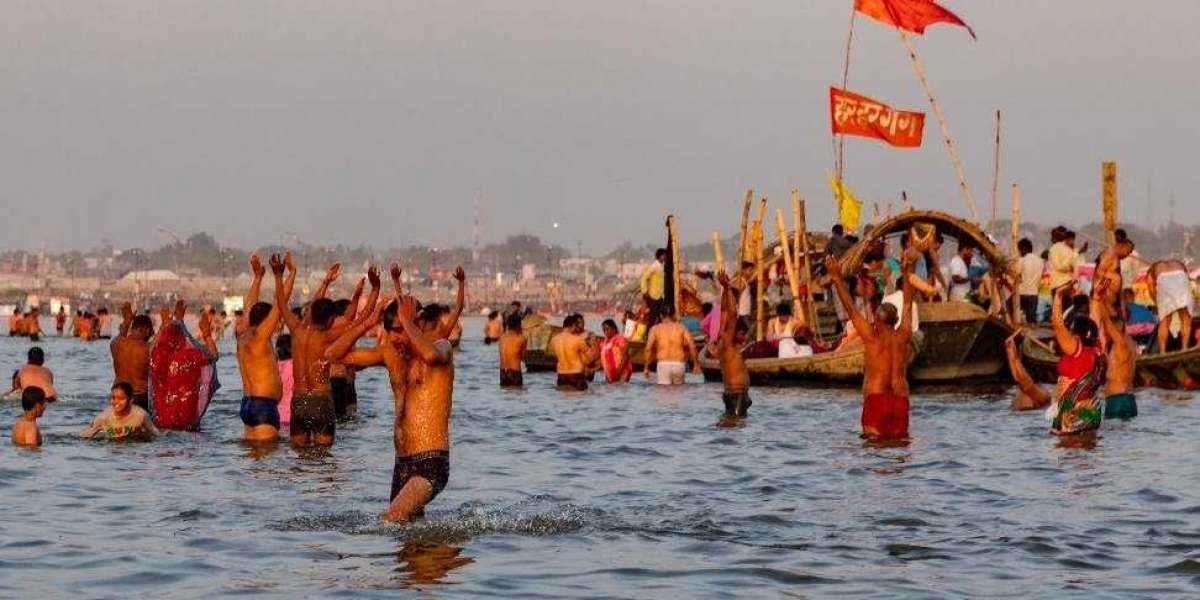Makar Sankranti is one of the most prominent and well-celebrated festivals in India. Unlike regional festivals that are limited to celebration in some parts, Makar Sankranti is celebrated across the nook and corner of India, with very rare exceptions. The festival mainly worships Sun God and explains the prominence of Sun for the existence of the whole Earth.
The festival is grandly celebrated by Indians all across the world too. The customs, traditions and the festival special sweets and savories are what make this festival more special. Here are 6 facts about the Makar Sankranti celebration that might interest you. Happy Makar Sankranti
Transition of Sun
Most Hindu festivals fall on varying dates every year. This is because they are celebrated as per the Lunar calendar of Hindu traditions. However, Makar Sankranti is the festival that falls almost on a fixed date (14th January) every year, with an exception that it can be on 15th January too in rare cases.
This is because the festival is related to the transition of the Sun to the Makara rasi or the Capricorn constellation. The sun starts his northward journey and hence the 6-months season from Sankranti is also called Uttarayan.
Food and fiesta
Sankranti is mainly known for its mouthwatering snacks and recipes. Each state of India has its own menu for its festival. For instance, ariselu and murukulu are famous in Andhra Pradesh, while Pongal made with Jaggery is prepared for this festival in Tamilnadu. Similarly, north and east Indian states have their own delicacies, that turn this festival into a much-awaited time for foodies.
Traditions and customs
Makar Sankranti is a festival of traditions. Women and men wear traditional clothing, visit temples, invite relatives and friends, and celebrate this festival with every good spirit. Races and competitions related to animals also take place during Sankranti.
Shopping
Sankranti and shopping are synonymous in most families. People purchase new items, gold, clothing, and household appliances and flaunt them with pride. The custom is because it is believed that anything purchased new on auspicious occasions like festivals will bring prosperity to the household. Farmers also purchase cattle, fields, houses, and farming-related equipment at this festival.
Kite flying
Kite flying is another major aspect related to the Sankranti festival. Children and youth await much for the kite flying season during Sankranti. Competitions and joy related to kite flying touch their peak during this Makar Sankranti festival.
Kite flying is equally seen in all parts of India. The sky looks colorful and lively with a variety of designs of kites flying like birds in it. The joy of kite flying is boosted with fun, music, and food. And this is what everyone waits for Sankranti season.
Rangolis and Thiruppavai
One cannot imagine Sankranti without rangolis. Every household, be it big or small, rich or poor, adorns their house fronts with huge and colorful designs of Rangoli during the festival of Sankranti. It is also a tradition to draw rangolis for the whole month before Sankranti.
In Tamilnadu, the whole month before Sankranti is revered and celebrated with Tiruppavai hymns and rangoli designs with utmost respect and devotion. The month before Sankranti Markiza is a tribute and worship to Andal Amman who gained the heart of none other than the Great Lord Vishnu himself.
Sankranti is a farmers’ festival. They celebrate the harvest and thank nature, the cattle, and the Sun God for blessing them with abundance. Sankranti is also known for the Holy convergence of rivers which is termed as Kumbh Mela. This is another interesting fact about Makar Sankranti. On the whole, Sankranti is a celebration of culture, food, nature worship, customs and religious beliefs. This makes celebrating Makar Sankranti an altogether a different experience compared to other festivals.
Read: Sankranti Wishes








